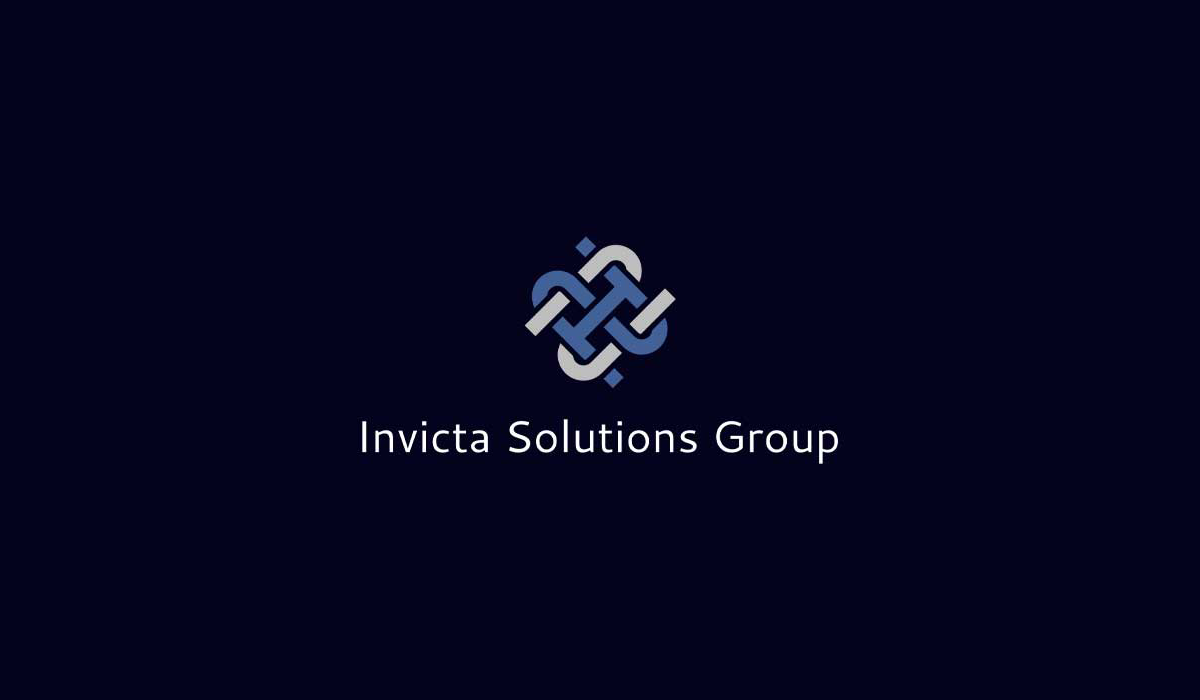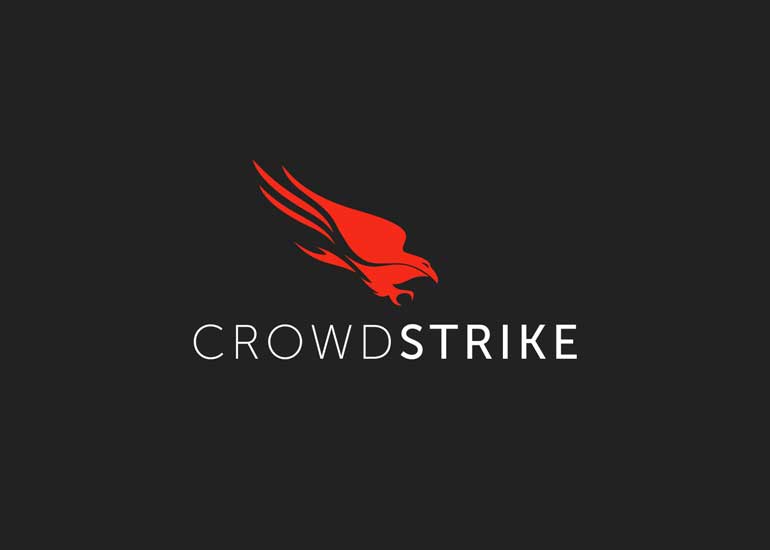By Val Vask, Cybersecurity Expert
Recent data shows that more than 94% of companies now adopt cloud computing, highlighting a significant trend of cloud migration across various sectors. Many large enterprises already host a considerable portion of their workloads in the cloud.
Key Points on Cloud Migration:
- High Adoption Rate: Over 94% of global companies utilize cloud computing services. This widespread adoption suggests that future trends in cloud security will revolve around cloud auditing, penetration testing, and red teaming.
- Enterprise Focus: A majority of companies with more than 1,000 employees have shifted substantial workloads to the cloud. This trend indicates that not only large enterprises but also small-to-medium businesses (SMBs) are embracing cloud solutions for their operations.
- Multi-Cloud Strategy: Numerous businesses are adopting a multi-cloud strategy, deploying multiple cloud providers. For example, a company might integrate both AWS and Azure platforms to enhance their cloud infrastructure.
Invicta Solutions Group: Comprehensive Cloud Auditing and Pentesting
At Invicta Solutions Group, we offer both manual and automated auditing of cloud environments, complemented by penetration testing or red teaming activities to validate audit findings through a tailored methodology. Our approach to cloud pentesting is three-pronged:
Step 1: External Testing (i.e., Unauthenticated Testing)
We begin by performing an external test of your cloud services to identify any vulnerable endpoints susceptible to external attacks. This initial step helps in pinpointing exposed assets.
Step 2: Internal Reconnaissance (i.e., Authenticated Testing)
Next, we carry out internal reconnaissance of the infrastructure to gain an overall understanding of your environment. During this phase, we:
- Assess Policies and Permissions: Identify active policies and permissions allocated to users and user groups.
- Benchmark Checks: Perform checks against CIS Benchmarks to quickly identify and remediate "low-hanging fruit."
- Service Enumeration: Enumerate all services in the cloud environment to understand what we’ll be testing. This includes storage, authentication mechanisms, and automated defenses. This step is typically performed with reader permissions only, limiting what can be executed in the environment.
- Cloud Integrations Check: Examine integrations with third-party service providers to identify potential vulnerabilities that could be exploited by adversaries, posing a supply-chain risk.
Step 3: Intrusive Testing
Finally, we conduct more intrusive actions from a general user or developer role perspective—roles with read/write permissions. This step includes:
- Assume Breach Testing: Simulating what an adversary could do if they gained access to your cloud environment through leaked credentials or phishing.
- Red Teaming Activities: Performing activities such as phishing or data exfiltration via Command and Control (C2) infrastructure to evaluate the potential to exploit users through social engineering or steal data using known adversarial Tactics, Techniques, and Procedures (TTPs).
Cloud Security Threats
During our engagements, we often encounter several common cloud security vulnerabilities:
Insecure APIs: APIs enable companies to share data and functions with third parties. If you don’t protect API keys, unauthorized access can lead to data leaks. Avoid embedding API keys in code and store them securely. Implement strong authentication and authorization mechanisms for all API services to prevent broken access control.
Outdated Software: Using outdated software can lead to data and credential leaks.
Cloud Misconfigurations: Research shows that 90% of cloud security issues stem from misconfigurations, often due to human error.
Stolen Credentials: Credentials can be exposed or hardcoded in applications, leading to theft.
Excessive Access Privileges: Follow the "least privilege principle" by granting users only the minimum permissions necessary. Excessive privileges can cause major security issues if accounts are compromised. Assign the least amount of privilege to mitigate risks.
By addressing these vulnerabilities, you can significantly enhance your cloud security and protect your environment from threats.
Final Thoughts
In summary, Invicta Solutions Group offers expertise in AWS, Azure, and GCP auditing and pentesting. We provide a comprehensive approach to cloud security that includes manual and automated audits, complemented by tailored penetration testing and red teaming activities. Our three-pronged pentesting strategy involves:
- External Testing: Identifying vulnerable endpoints susceptible to external attacks.
- Internal Reconnaissance: Assessing policies, permissions, and services within the cloud environment, and performing benchmark checks and service enumerations.
- Intrusive Testing: Simulating adversary actions from a general user or developer role to test the effectiveness of your security measures.
Throughout our engagements, we often encounter common cloud security vulnerabilities such as insecure APIs, outdated software, misconfigurations, stolen credentials, and excessive access privileges. Addressing these vulnerabilities is crucial for enhancing your cloud security and protecting your environment from potential threats.
By leveraging our expertise and thorough testing methodologies, Invicta Solutions Group helps ensure that your cloud infrastructure remains secure and resilient against evolving cyber threats.












